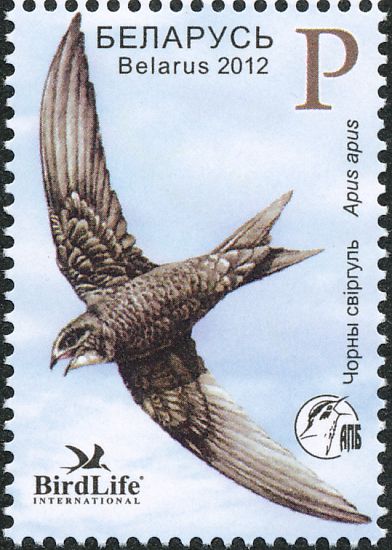Normally my first sighting of swifts – the dark, scythe-winged birds that scream over our summer rooftops – is on voting day in May. I can’t blame them this year. If I’d spent the past few months swooping over the Congo and Mozambique, I’d have shunned the cold grey mizzle that greeted voters yesterday. Swifts (Apus apus) are among the last summer visitors to arrive and the first to leave, flying south as soon as they have raised their young. They were made for flying and only touch down to nest. This year’s young may not return to breed for four years by which time they will have flown 300,000 miles non-stop. Swifts eat, sleep and even mate on the wing – the closest the bird world comes to Casanovas swinging from the chandeliers. The male will fly up behind the female, cling to her back and then mate as they glide through the sky. Don’t try this at home. As insect-eaters go they are kings, eating more different types of insect and spider – more than 300 – than any other UK bird. Swifts are also well named. Their streamlined build lets them nudge 70mph in open flight. Only a peregrine falcon is faster, hitting 200mph when it uses gravity to dive out of the sky on to a pigeon. This speed helps swifts fly about 500 miles a day in pursuit of food. They like to fly just ahead of weather fronts feeding on the updraft of insects but this can take them far from their nests. Happily they can leave their eggs to chill without harm for a few days while they range as far as Germany to avoid bad weather or find food. The oldest known swift was about 18 years old and must have flown about four million miles or the equivalent of eight round trips to the Moon. But swifts are in trouble so the RSPB wants your sightings. They have suffered a 47 per cent decline in 20 years. So when you see their aerobatics enjoy them while they last.
Source: John Ingham in the Daily Express, 5 May 2017
http://www.express.co.uk/comment/columnists/john-ingham/800567/Swifts-b…

- Login om te reageren
